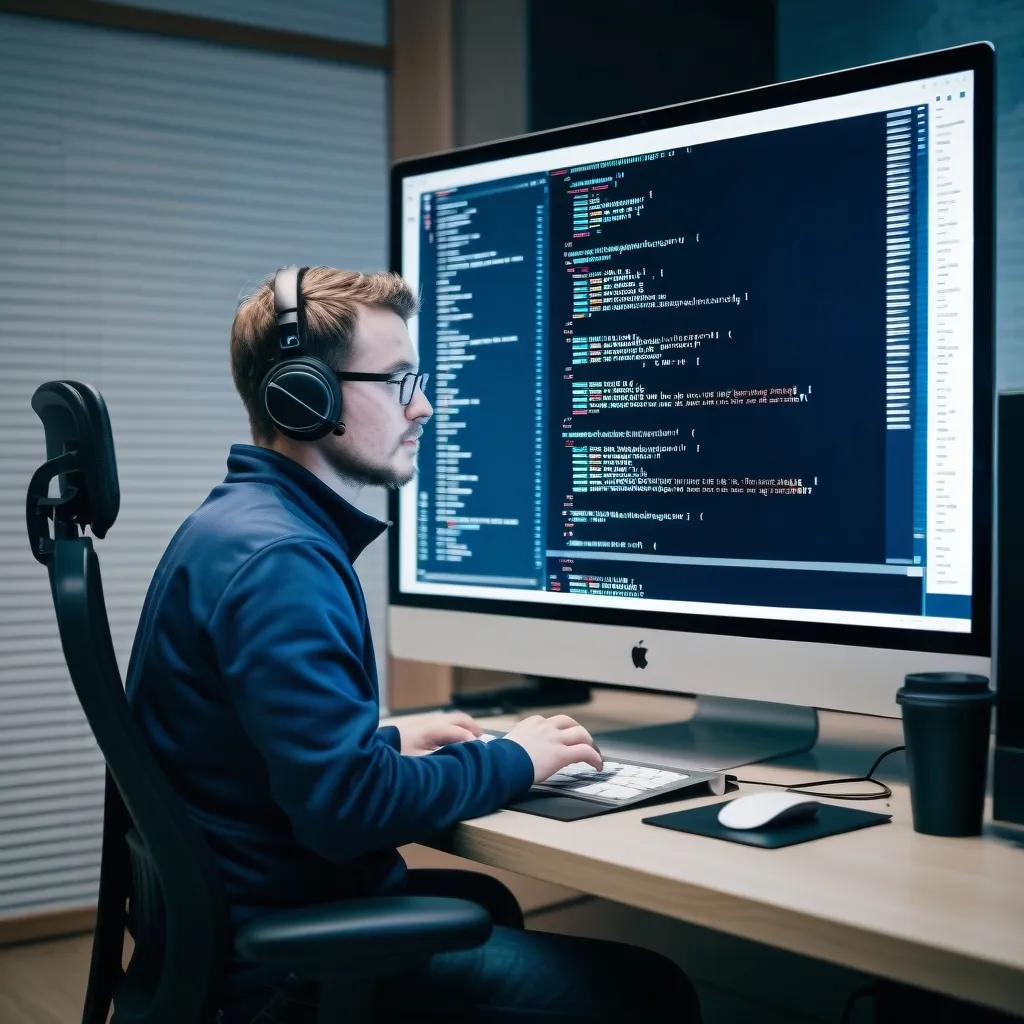Optimizing Data Retrieval with Caching: Practical Approaches for Web Applications
Caching transforms application performance. I’ve seen systems struggle under heavy loads until strategic caching cut response times by 80%. The core challenge lies in balancing freshness and speed—serve stale data, and users lose trust; fetch everything live, and systems collapse.
Time-based expiration provides basic relief. Set a fixed lifespan for cached items, like news headlines that update every 5 minutes. But static timeouts fail when data changes unpredictably. That’s when event-driven invalidation shines. When a user updates their profile, immediately purge cached versions.
// Database-triggered cache invalidation
userService.on('profileUpdate', (userId) => {
userCache.invalidate(`user_${userId}`);
followerCache.invalidate(`followers_${userId}`);
});
Cache-aside patterns prevent unnecessary database trips. Applications check the cache first, only querying the database on misses. This simple pattern often reduces database load by 60% in read-heavy systems.
# Python cache-aside implementation
def get_product_details(product_id):
cache_key = f"product_{product_id}"
data = redis.get(cache_key)
if data is None:
data = db.query("SELECT * FROM products WHERE id = %s", product_id)
redis.setex(cache_key, 300, data) # Cache for 5 minutes
return data
Memory management requires discipline. I once debugged a memory leak where unbounded caches consumed 90% of server RAM. Implement size limits and eviction policies:
// LRU (Least Recently Used) cache implementation
class LRUCache {
constructor(capacity = 1000) {
this.capacity = capacity;
this.cache = new Map();
}
get(key) {
if (!this.cache.has(key)) return null;
const value = this.cache.get(key);
this.cache.delete(key);
this.cache.set(key, value); // Move to end as most recent
return value;
}
set(key, value) {
if (this.cache.has(key)) this.cache.delete(key);
if (this.cache.size >= this.capacity) {
// Delete oldest entry
const oldestKey = this.cache.keys().next().value;
this.cache.delete(oldestKey);
}
this.cache.set(key, value);
}
}
Cache stampedes crush systems during sudden traffic spikes. When cached data expires simultaneously, thousands of requests bombard databases. Stale-while-revalidate patterns solve this by serving expired data while fetching updates in the background:
// Go implementation with stale-while-revalidate
func (c *Cache) Get(key string, fetchFn func() (interface{}, error)) (interface{}, error) {
c.mutex.Lock()
entry, exists := c.store[key]
if exists && time.Now().Before(entry.Expiry) {
c.mutex.Unlock()
return entry.Value, nil
}
if exists && !entry.Fetching {
entry.Fetching = true
c.mutex.Unlock()
go func() {
newData, _ := fetchFn()
c.Set(key, newData)
}()
return entry.Value, nil // Return stale data
}
c.mutex.Unlock()
newData, err := fetchFn()
c.Set(key, newData)
return newData, err
}
Distributed caching introduces synchronization challenges. Redis or Memcached handle this well, but network latency becomes a factor. For frequently accessed local data, I often layer in-memory caches atop distributed stores.
Cache key design impacts effectiveness. Include all significant parameters in keys—a product page cache should incorporate user language, currency, and AB test variants. Poor key design causes redundant entries or missed cache hits.
// Effective cache key generation
$cacheKey = sprintf(
"product_%s_user_%s_currency_%s",
$productId,
$user->getId(),
$user->getCurrency()
);
Monitor cache hit ratios religiously. Below 90% indicates inefficient caching. Combine with TTL tuning—short for volatile data like auctions, longer for stable content like product descriptions.
The ultimate test comes during traffic surges. Proper caching transforms what could become an outage into a smooth experience. I recall an e-commerce event where caching handled 12,000 requests per second while the database served only 100 queries per second. That’s the power of deliberate caching strategy.






